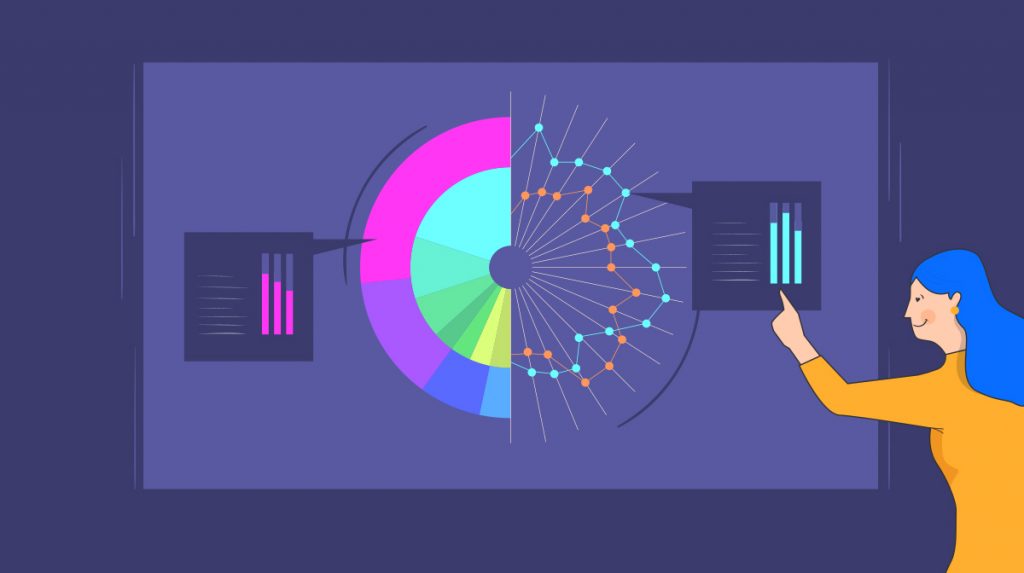When a question like “How can I make data visualization more engaging and effective?” comes to your mind, it shows that you wish to create the best visualization.
It doesn’t matter if you are a seasoned data analyst or a newcomer, you must develop a good visualization, which will tell an exciting story.
Apart from that, visualization will also help in providing some essential details and information that you did not uncover through the pie graph, spreadsheets, or bar chart.
Things you need to know about data visualization:

Visualizations are said to be pretty successful stories, which are now viewed as mainstream stories but not supporting acts. It is also known as a highly-respected field that falls under data journalism and not some spammy infographic. Experts have provided evidence that companies that use Data Visualization have seen an increase of 15% in cash from operations.
Apart from that, about 91% of business decision-makers have predicted that the need for visualization tools will increase by next 5-years. That is why creating high quality and compelling Data Visualization is crucial for all businesses.
Tips for creating useful, compelling and engaging data visualizations

There are many ways you create useful quality visualizations, and some of the Tips to make effective data visualization are already mentioned below. Take a look!
1. Select the right set of graphs and charts for the job:
You need to carefully choose the correct format for your visualization so that it can provide a good story. Using the right set of charts and graphs will also help answer essential questions generated by the data. On certain occasions, you can even mix some of the related charts, as it will be pretty much helpful.
It can also provide in-depth exploration, which will lead to useful business insights and deliver answers that drive in action. Some of the popular formats you can use are bar charts, bullet charts, pie charts, and many more.
2. Be sure to make your data strong and compelling:
The first thing you need to keep in mind about visualization is that everything hangs on the credibility and quality of the data. When you compile unique data all by yourself, it will be viewed as the Holy Grail if you carry the budget. Otherwise, you can also take the help of free data sources if you do not have many resources.
By conducting a bit of research, you might encounter some datasets that were never used by others. For such reason, make sure to scan each of the sources within your niche. Be sure to have data that will provide strong support to a campaign or a story.

3. Apply the text intentionally and carefully:
The text that you will use is going to improve your visualization. Use the text in a manner so that it points out all the essential details and information. Apart from that, it will also help make a significant difference when you apply text where it matters.
Try placing the critical view at the upper-left corner of the top, and reduce the number of views to 3 or 4. You can also add several filters by grouping them.
4. Try keeping your concentration on the point:
Your data will carry one crucial point in its making, and you need to make sure that you do not overload them; otherwise, it will confuse your customers. Your visualization might back up a statement, and you have to make sure that it is at the centre and front of the visualization.
Apart from that, there is no need to deviate from it by adding anything extra. It is important that you put the story and the data at the forefront of what you have created and ensure there are no issues around its edges.

5. Tell data stories through clear colour cues:
Colour is considered to be pretty crucial, as it can convey a lot more when compared with words. But there is a delicate balance that you need to maintain when using colours, and keeping it simple will be the right thing to do.
Using colour, you will be able to accentuate and highlight areas or places that carry important information. Don’t use too many colours; otherwise, it will create a cacophony; use just one colour to get the job done.
Create good quality and proper data visualizations
You can create the best data visualization strategies by not overcomplicating design, using the right story, and using robust data to support the visualization.



